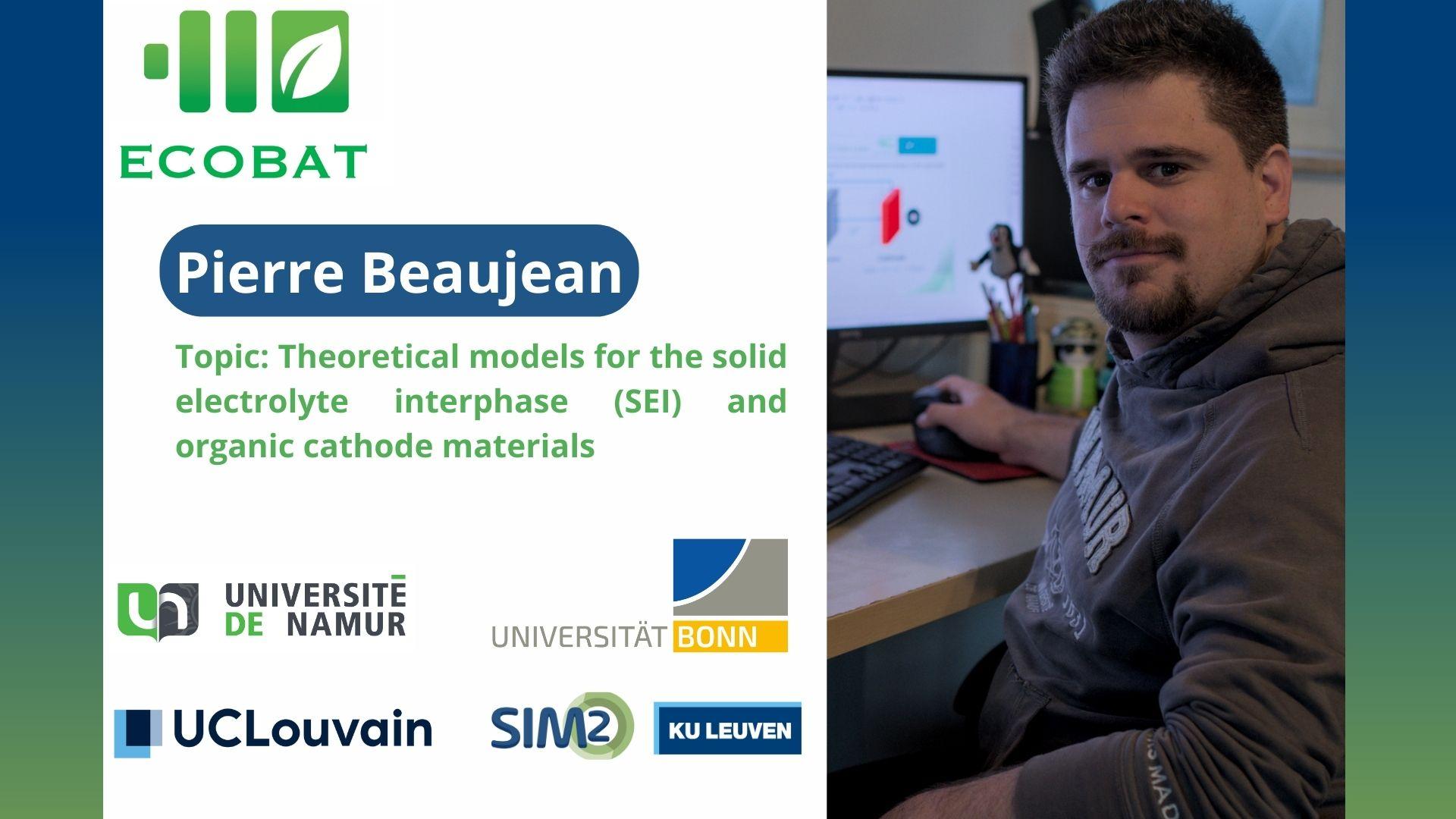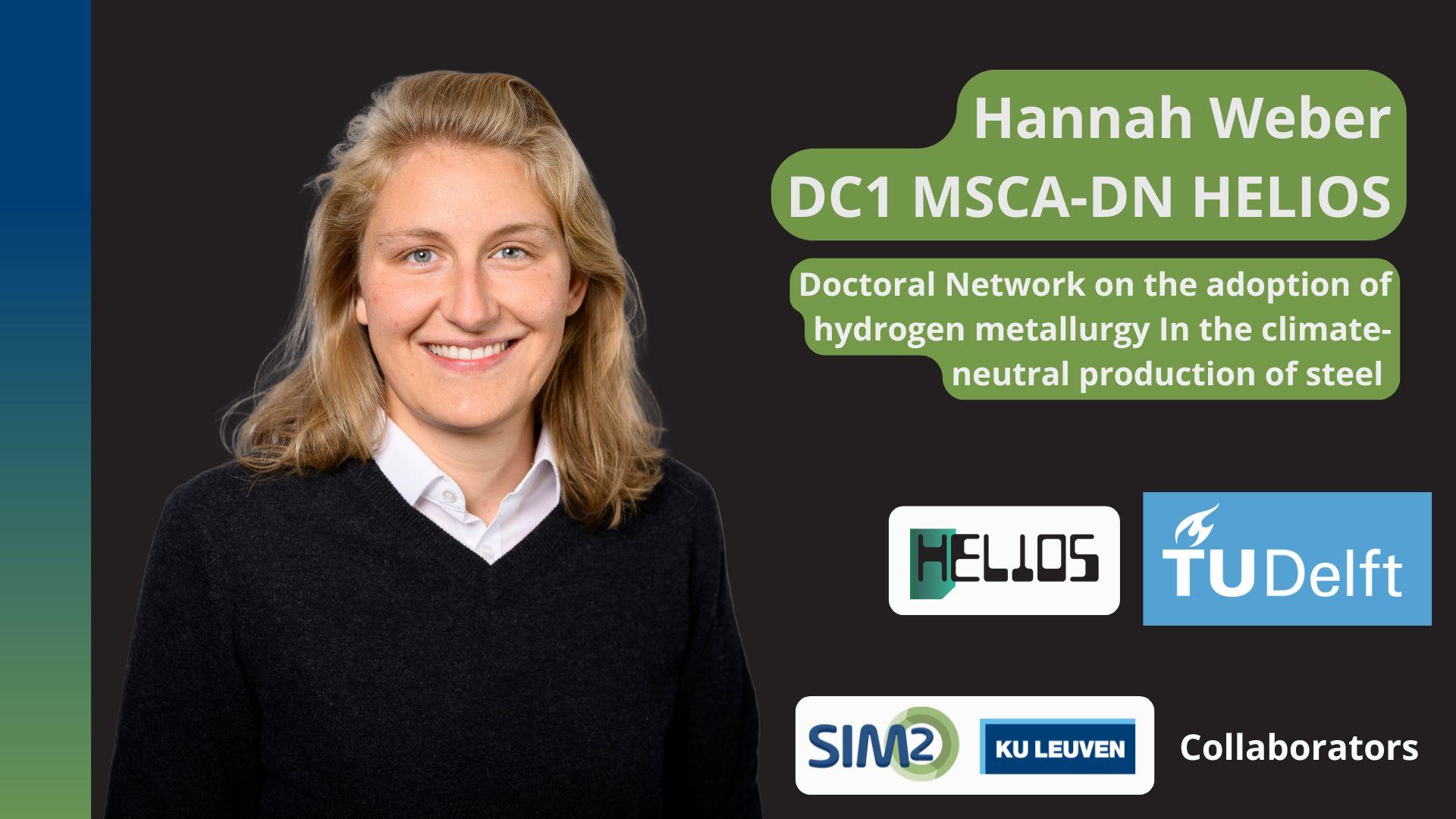Ionic liquids have great potential to change the way we produce and recover the key elements that sustain our future new and green technologies. However, it has yet to be investigated how to implement these findings on an industrial scale. A major barrier is the lack of process technologies that are compatible with these ionic liquids. Researchers within the ISOMER project are currently investigating if the use of small channels can answer this need and how industrial scales can be achieved with this technology. (JvS, Leuven, 25/11/2019)
I clearly remember wanting the first iPod nano (released in 2005), one of the first color display MP3 players with 4 GB of storage, for 249€. Today, 15 years later, we cannot imagine a world without a smart phone by our side, which sells roughly for the same price. This fast evolution of technology has been sustained by the use of more diverse and rare materials. A smartphone, for example, contains at least 70 different elements of the periodic table.
Many of these rare elements, such as platinum and neodymium, are of strategic importance (e.g., for renewable technologies) and resource intensive to produce from natural ores. Recovering such elements from waste has become more important than ever in the quest for green technology and closed-loop product lifecycles. However, the increasingly complex composition of the waste we produce makes recycling extremely challenging.
Extensive efforts have been made, in- and outside of the SIM² consortium, to develop novel chemical processes that enable the recovery of critical metals by using ionic liquids. These liquids can improve process efficiencies by several orders of magnitude compared to the conventional solvents used in industry. Practically, an ionic liquid (immiscible with water) is contacted with an aqueous solution, containing a variety of metals. In industry, this contacting is performed in large mixed vessels in which the desired metals are then selectively extracted. However, the high cost (economic barrier) and viscosity (technical barrier) of ionic liquids make industrial implementation impossible in large mixed vessels.
Small tubes with an internal diameter no larger than 1 mm, also known as microfluidic reactors, may offer a break-through for the industrial implementation of ionic liquids in recycling processes. These reactors can easily, and with high consistency, mix the viscous ionic liquid and the aqueous solution, because each droplet is dispersed individually (see image below) in contrast to an uncontrolled dispersion with a mixer. Moreover, the small size significantly reduces the required amount of ionic liquid, thus reducing the solvent cost and improving process safety.

Yet the concept of working with such small reactors seems counterintuitive as large quantities of waste need to be processed annually. Indeed, increasing the volumetric capacity of microfluidic reactors remains a major obstacle for industrial feasibility of this technology. Fortunately, the Flemish Fund for Scientific Research (Fonds voor Wetenschappelijk Onderzoek Vlaanderen, FWO) has recognized the need and importance to overcome this barrier by granting an SB PhD fellowship of FWO-Flanders to Joren van Stee. In the upcoming four years, Joren will work on the implementation of ionic liquids in microfluidic reactors and investigate how the volumetric capacity can be increased.





